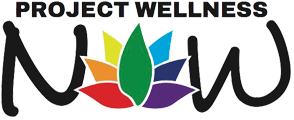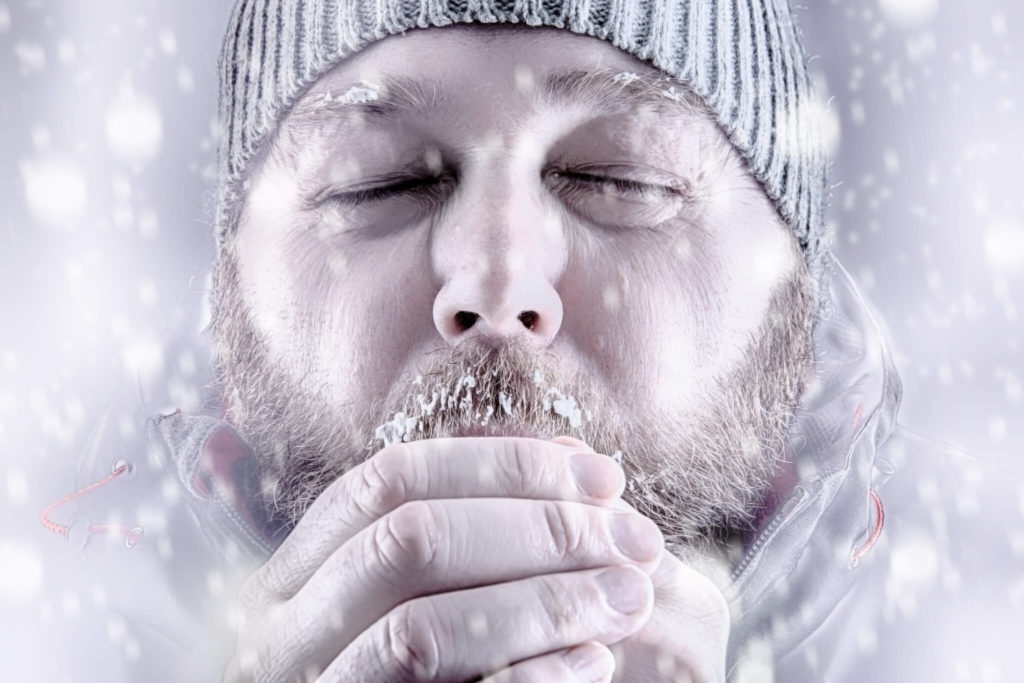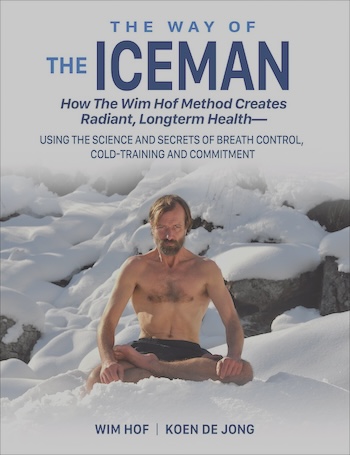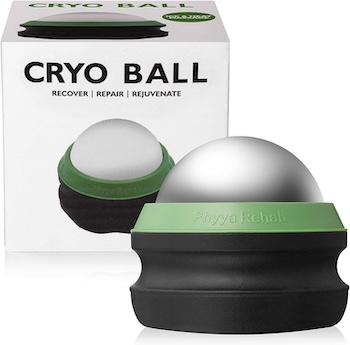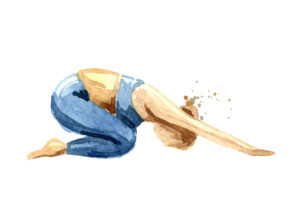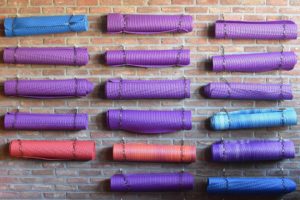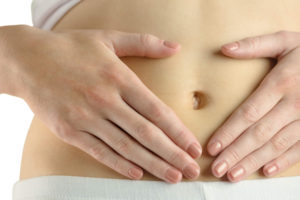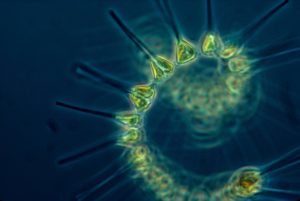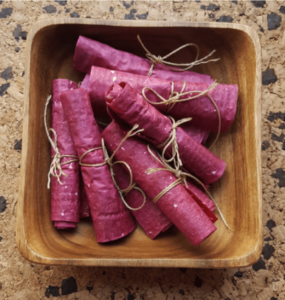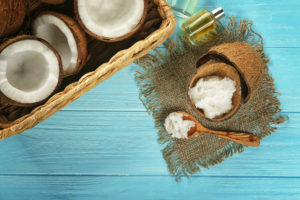Have you heard about pro athletes taking ice baths or using cryo saunas to improve their recovery? Whether you’re an athlete or just looking to improve your health, being immersed in cold water or air will shock your system in a good way. Cold shock proteins are the molecules produced in response to cold immersion, responsible for delivering therapeutic benefits.
Historically, ice baths were used in Greek and Roman medicine for treating various illnesses [1]. With ice barrels and cryo saunas available for purchase today, the practice of cold plunging is making a modern comeback.
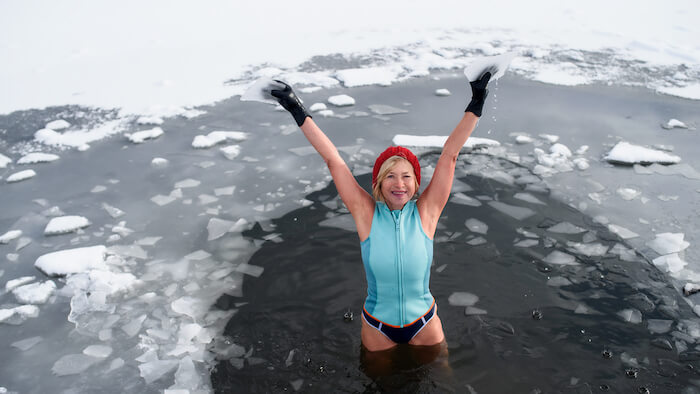
Here are five evidence-backed benefits of cold therapy, according to scientific research:
1. Boosts Circulatory and Respiratory Health
The shock of sudden cold exposure, such as through an ice bath, gets your blood pumping fast and hard. According to a study published in the journal Temperature, whole-body cold exposure lowers blood pressure and resting heart rate in healthy individuals [2].
In the same way that exercise stresses the body’s oxygen delivery system, cold exposure also challenges the body’s ability to move oxygen through the body to protect your vital organs. Regular cryotherapy results in your heart consuming more oxygen with less taxation on your respiratory and circulatory systems.
2. Protects Brain Health
Research published in Nature suggests cold therapy helps regenerate lost synapses in the brain, which are the connections between brain cells [3].
In a mouse model of Alzheimer’s disease, one cryo sauna session significantly boosted the circulation of cold shock proteins for the following three days. After six weeks of cryotherapy, neurodegenerative mice were found to have regenerated brain and nerve cells. The scientists concluded that elevated levels of cold shock proteins from cold exposure improved structural plasticity, or the brain’s and nervous system’s ability to repair itself.
3. Aids in Muscle Growth and Speeds Recovery
It’s no secret that icing a sore muscle or joint reduces swelling. Cold shock proteins produce an anti-inflammatory effect in muscle tissue, speeding recovery and muscle growth after a hard workout [4]. Muscles also benefit from ice water immersion after a workout because of the blood flow it stimulates, allowing lactic acid buildup to be carried away from the tissues.
Beyond reducing inflammation, cold shock proteins also prevent muscle atrophy by improving muscle tissue’s metabolic capacity and adjusting muscle fibers’ size. Interestingly, animals that hibernate through the winter don’t experience muscle atrophy during hibernation because they benefit from cold exposure [5].
4. Supports Your Immune System
Cold exposure activates your immune system, marked by an increase in natural killer cells — white blood cells capable of destroying tumor cells and virus-infected cells.
Contrary to the traditional belief that you’ll catch a cold in the cold, cold exposure actually improves your immune system’s response to common threats [6].
In a study with 3,000 participants, regular cold showers reduced the number of sick days people took off from work. According to a follow-up, two-thirds of the study’s participants continued taking cold showers after the study was over [7].
5. May Improve Symptoms of Depression
While the effects of cold therapy on depression haven’t been studied rigorously, the available research strongly suggests cryotherapy could improve symptoms of depression. It may work in various ways, such as by strengthening the sympathetic nervous system, reducing inflammation, and stimulating the release of endorphins and noradrenaline.
In one small study, two to five minutes of cold showering at 68 degrees Fahrenheit each day was shown to relieve depressive symptoms [8].
Ways to Activate Cold Shock Proteins
Exposing your whole body to temperatures below 59 degrees Fahrenheit will activate cold shock proteins. To minimize the discomfort and maximize your benefits, colder temperatures with less exposure time are the way to go. Sixty to 90 seconds at an unbearably frigid temperature can work wonders.
Here are the best ways to activate cold shock proteins and benefit from cold therapy:
1. Take a Cold Shower
Cold showers will expose you to temperatures around 50 to 60 degrees F. To get the most out of a cold shower, aim to keep the water at its coldest setting for two to three minutes.
2. Take an Ice Bath
To do a full-on cold plunge, fill your bathtub with ice or try an ice barrel designed for cold plunges. Filling a bath with ice and water, you’ll typically reach temperatures ranging from 50 to 59 degrees. Limit your ice baths to 10 minutes — but there’s no need to go that long! Just one to two minutes in an ice bath will significantly increase the flow of cold shock proteins.
3. Use a Cryosauna
A cryosauna is precisely as it sounds — a sauna but cold. There may be a local cryotherapy practice in your area offering cryosauna sessions.
Also called a cryotherapy chamber, a cryosauna allows the temperature to drop to staggering minus-222 degrees. Cryosaunas use liquid nitrogen to reach temperatures not possible with ice baths. As long as you get out of a cryotherapy chamber within three minutes, your body’s core temperature won’t drop, keeping you safe from harm. Your surface temperature, which includes your skin, fat beneath the skin, and your limbs, will drop as much as 30 degrees in a cryosauna. This is fine as long as you limit your session to three minutes.
Cold Plunging Your Way to Better Health
Cold shock proteins already exist in the body and are produced in the event of cold exposure. They boost the production of white blood cells to bolster your immune system while lowering inflammation. Cold therapy supports musculoskeletal health, brain health, respiratory function, and cardiovascular strength. It’s no wonder that before modern medicine, ancient civilizations engaged in cold plunging to relieve pain and fight disease.
References:
1. thefitnesstribe.com/a-history-of-cold-plunges/
2. ncbi.nlm.nih.gov/pmc/articles/PMC6204981/
3. nature.com/articles/nature14142
4. pubmed.ncbi.nlm.nih.gov/27560796/
5. orthojournal.org/articles/cold-shock-rna-binding-protein-rbm3-as-a-potential-therapeutic-target-to-prevent-skeletal-muscle-atrophy.html
6. journals.physiology.org/doi/full/10.1152/jappl.1999.87.2.699
7. hbr.org/2018/03/cold-showers-lead-to-fewer-sick-days
8. pubmed.ncbi.nlm.nih.gov/17993252/
YOU MAY ALSO LIKE:
BALASANA – CHILD’S POSE: SOOTHE AND RELEASE
Balasana, Child’s Pose, is a restorative pose that can be practiced on its own or as part of a routine. A…
HAVE YOU SEEN WHAT THEY ARE DOING WITH YOGA MATS THESE DAYS?
Yoga is an ancient practice. Therefore, you wouldn’t think there’d be much in the way of innovation within this discipline. After…
CHI NEI TSANG – WHAT YOU NEED TO KNOW
Chi Nei Tsang (CNT) is a healing practice developed by the Taoist monks in ancient China. Chi Nei Tsang translates into…
MARINE PHYTOPLANKTON: THIS MICROSCOPIC LIFE FORM HAS SOME SURPRISING BENEFITS
If all the fish in the world were suddenly to disappear, oceans would seem like vast, empty wastelands. Of course, nothing could…
HOMEMADE FRUIT LEATHER
If you’re a busy parent, have picky eaters in your house, or just want to try something new for snack time,…
COCONUT OIL PULLING: AN ANCIENT PRACTICE WITH AMAZING BENEFITS
When it comes to the health of your teeth and gums, chances are excellent that you’ve been taught about the importance…
